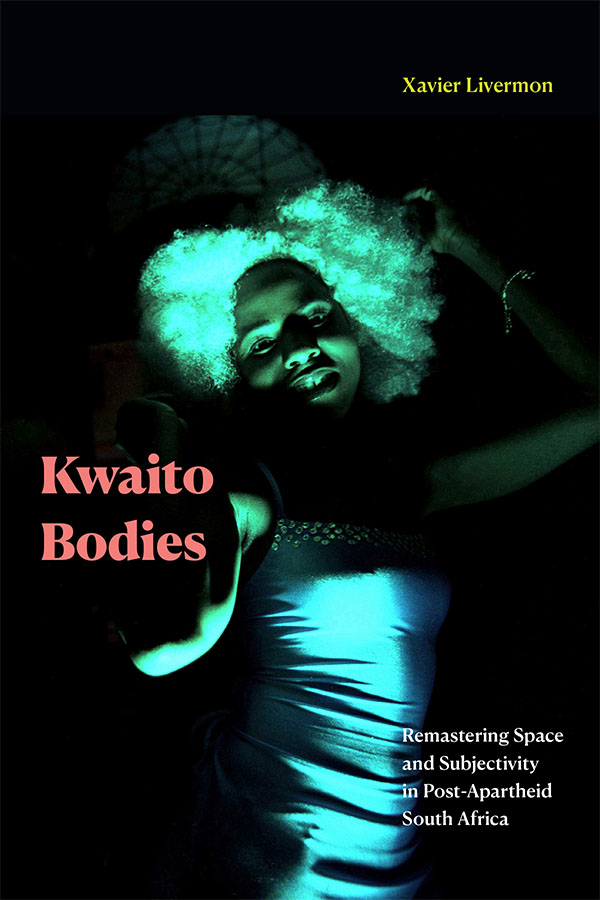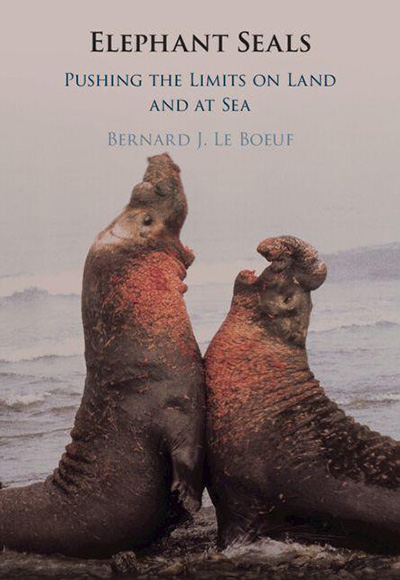PEN & INQ
By Emma Hiolski
Universal Understanding

Distinguished Professor of Physics Michael Dine views the discovery of the Higgs boson particle in 2012 as a “watershed moment” that ushered in a notably productive decade for the field. “We now have an exquisite understanding of nature on very small scales and very large scales,” he said. “At the same time, many questions and puzzles remain.”
Dine, a leading theoretical physicist, distills this understanding in This Way to the Universe: A Theoretical Physicist's Journey to the Edge of Reality (Penguin Random House/Dutton, 2022). The book surveys cutting-edge research in particle physics, cosmology, and astrophysics, guiding readers through physicists’ current comprehension of the Big Bang, dark matter and dark energy, the Higgs boson, string theory, and more.
Beyond imparting a deeper appreciation for how much we know about the universe, Dine hopes his book provides readers with the confidence to understand and contemplate the big questions that remain, like the identity of dark matter.
Racialized Medicine

Although Type 2 diabetes disproportionately affects Black Americans, Associate Professor of Sociology James Doucet-Battle argues against linking race with the risk of developing the insidious metabolic disease. Rather, “Diabetes risk should be equated with environmental risk in that it’s contingent upon the environments we inhabit, in which we nourish ourselves, move our bodies, and relate to one another.”
Contesting a biological role for race in disease is the central theme of Doucet-Battle’s Sweetness in the Blood: Race, Risk, and Type 2 Diabetes (University of Minnesota Press, 2021), which reviews decades of racialized diabetes research and development, including, for example, one Silicon Valley company’s efforts to boost profitability by altering its algorithm for predicting diabetic risk. The book also explores the hesitancy of many Blacks to participate in biomedical research and considers how sharp drops in the cost of genomic sequencing have increased access to the technology and reinvigorated conversations about the race-disease connection.
Jewish Radicals

In 2009, on a Fulbright scholarship in Morocco, Alma Heckman met a former communist activist while volunteering at the Jewish Museum in Casablanca. “I had never heard about Moroccan Jewish communists before,” said Heckman, associate professor of history and Jewish studies, who holds the Neufeld-Levin Chair in Holocaust Studies.
Following Moroccan independence from France and Spain in 1956, most Jews left the country, part of a broader migration of Jews away from North Africa in the 1950s and 1960s. Since then, Jews who chose to remain in the region and participate in anti-colonial movements have received little attention, said Heckman.
In The Sultan’s Communists: Moroccan Jews and the Politics of Belonging (Stanford University Press, 2020), Heckman tells the previously untold story of Jewish involvement in the Moroccan national liberation movement and presents a modern history of Jews in North Africa, documenting their continuing presence and influence in the region.
Joy and Pleasure

Associate Professor of Critical Race and Ethnic Studies Xavier Livermon spent his early 20s in South Africa, coming of age during the heyday of kwaito—a type of electronic dance music that emerged post-apartheid. In portrayals at odds with his lived experience, the mainstream media at the time maligned kwaito, said Livermon, much as it also disparaged American hip-hop in the 1980s.
Livermon’s Kwaito Bodies: Remastering Space and Subjectivity in Post-Apartheid South Africa (Duke University Press, 2020) advances a more positive view of kwaito, supported by interviews with musicians and fans, analyses of recordings and performances, and accounts of visits to nightclubs and parties. The book provides a Black queer and feminist perspective, said Livermon, in contrast to the heteronormative, masculine one typical of the genre. “I wanted to represent the joy and pleasure and possibilities that could come out of a culture that Black youth had created for themselves.”
Extreme Nature

Elephant seals alternate between months of feeding at sea, where they can dive a mile deep, and fasting on land while breeding or lactating. During breeding season, adult males—three to 10 times the size of females—fight ferociously to maintain their harems of hundreds of females.
Just 21 miles from campus, Año Nuevo State Park provided an opportune setting for Burney Le Boeuf, elephant seal expert and professor emeritus of ecology and evolutionary biology, to lead one of the most extensive, long-term studies of any mammal. In Elephant Seals: Pushing the Limits on Land and at Sea (Cambridge University Press, 2021), Le Boeuf summarizes results he and colleagues have reported over five decades in hundreds of scientific papers. The book highlights the incredible uniqueness of both the animals and the ability to study this biological phenomenon “right here in our backyard,” said Le Boeuf.

